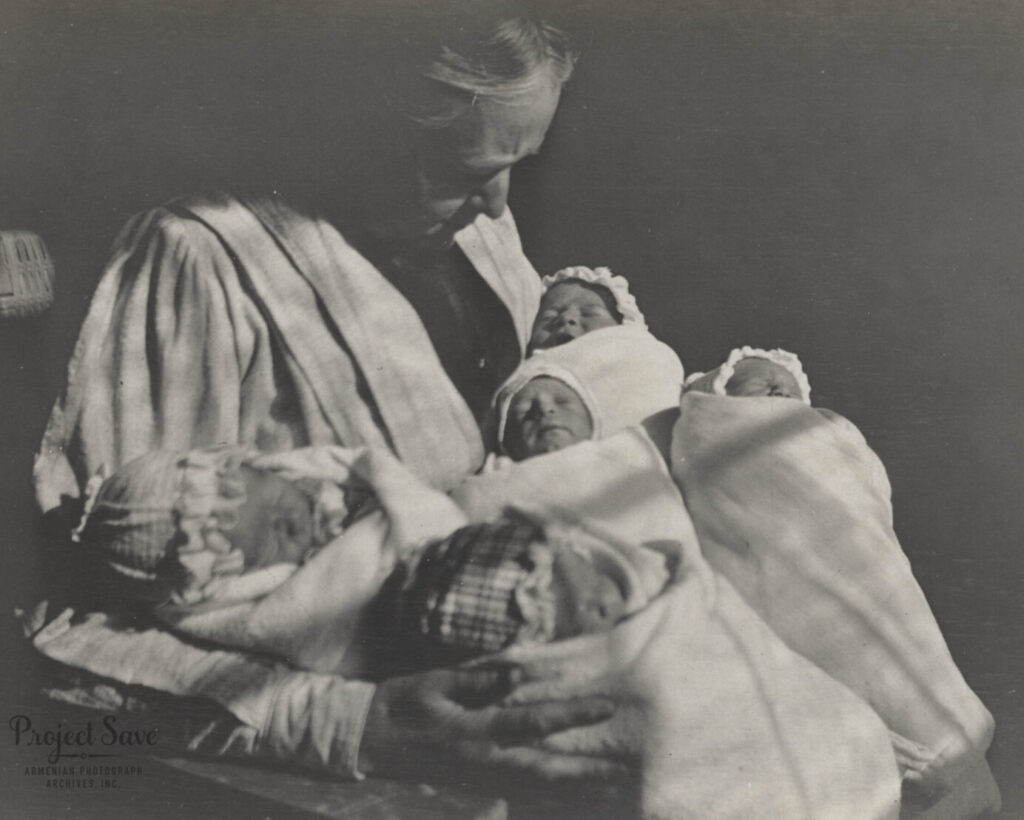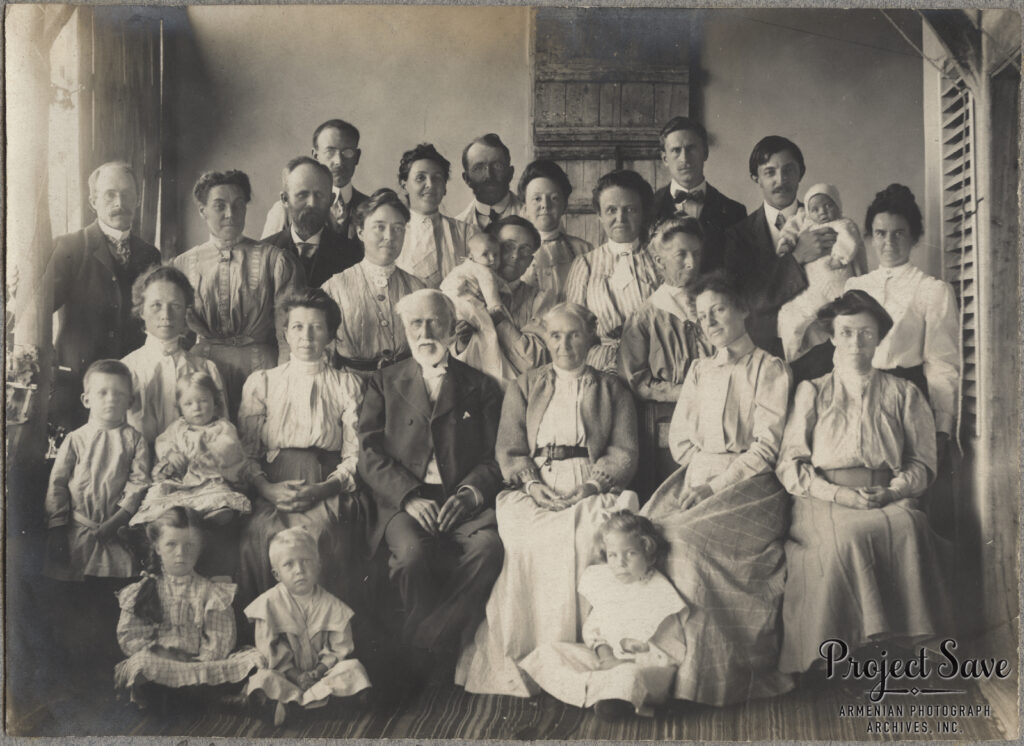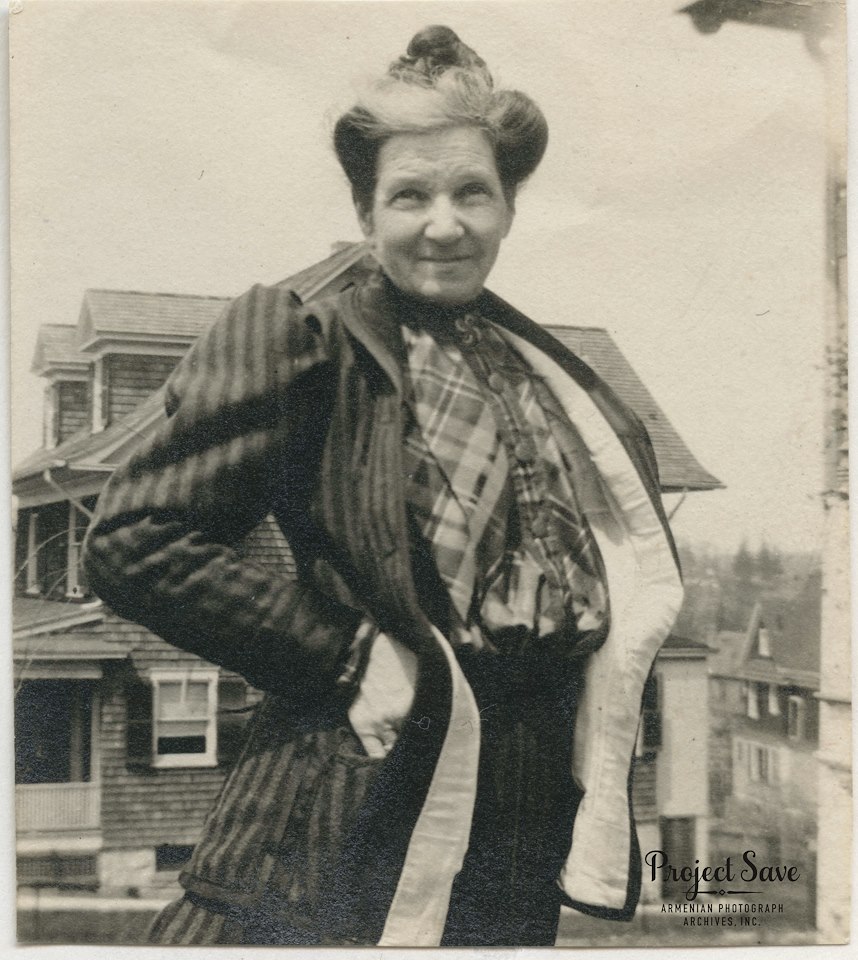The Missionary Collection
After the Genocide, foreign missionaries worked as doctors, nurses, educators, and engineers supporting Near East Relief, a humanitarian organization founded in response to the Genocide. Missionaries served in schools, hospitals, and orphanages.




